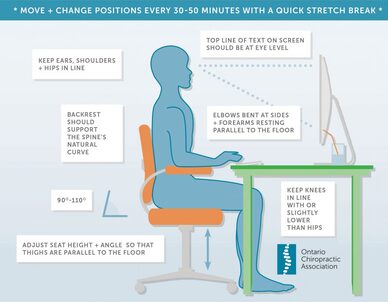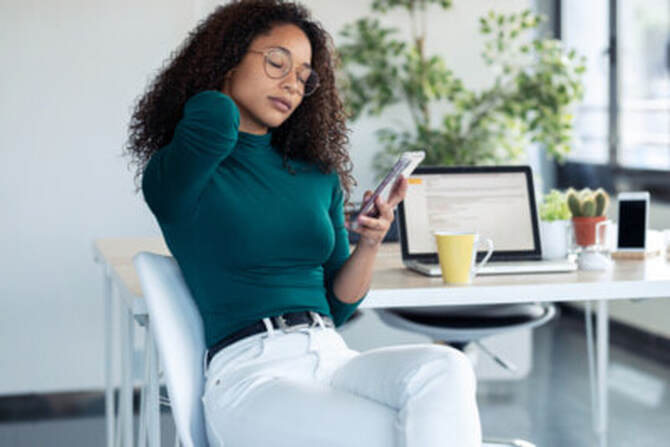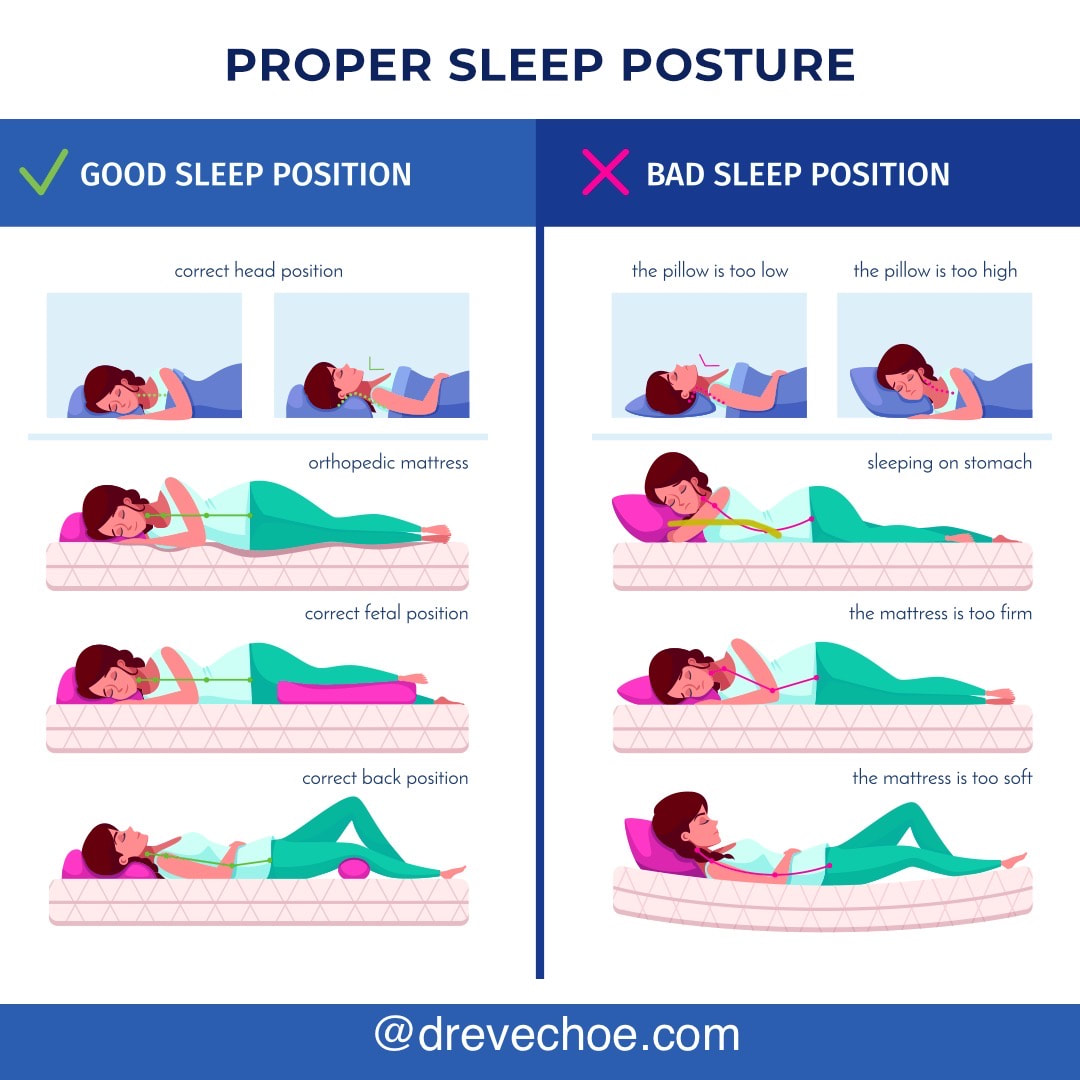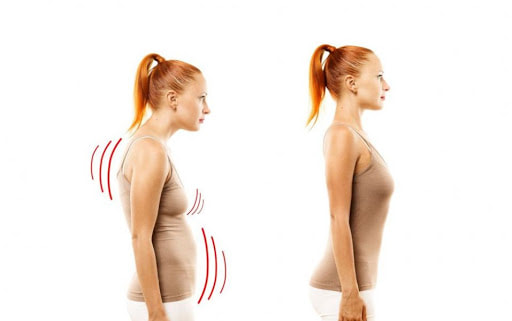Create an Ergonomic Workspace
Whether you work from home or in an office, ergonomics matters. A well-designed workspace is essential for neck, back, and wrist health.

- Raise the computer screen. The top edge should be even with your eye level. Place the screen 20-24 inches from your face.
- Select a supportive chair. The backrest should fit the curve of your spine. Adjust the seat until your thighs run parallel to the floor. If you're short, you may need a footrest.
- Watch your wrists. Configure your desk and chair so your wrists are parallel to the desk. This neutral position reduces strain.
Move Your Body
Entrepreneurs tend to spend hours sitting in front of the computer. Exercise is one way to ward off back pain and neck strain; it also reduces stress and keeps your heart and lungs in shape. You don't need to spend hours at the gym — the American Heart Association recommends just 150 minutes of moderate-intensity exercise per week.
Some activities include:
• Fitness videos or classes
• Jogging or brisk walking
• Fitness-oriented yoga
• Swimming
• Tennis
• Biking
Take Time to Relax
When you have a business to run, it can be hard to fathom taking the time to do nothing. If you can step away, however, you'll find that a 15-minute relaxation session has big benefits; it can ease stress, reduce anxiety, and improve your sleep quality. You'll return to work feeling fresh and focused.
Try these relaxation techniques:
• Meditation
• Gentle yoga
• Technology-free walks
• Deep breathing
• Acupuncture
• Calming visualization
Streamline Your Business
If you're feeling stressed about work, the right business activities can be a form of self-care. Improving your operations can also improve your life.
Ways to save time and make your company more efficient include:
• Creating standard operating procedures
• Outsourcing or delegating noncritical tasks
• Automating wherever you can
Are you worried about finances? Grants can provide peace of mind and get your company back on the right path. Here in Toronto, Canada, opportunities include Toronto Arts Council grants and University of Toronto grants. Stand out from the competition by tightening your business plan and spending time creating a riveting application. It's also helpful to understand grant requirements and search for industry-targeted awards.
Cultivate Healthy Work-From-Home Habits
If you're running a business from home, it's hard to take a break — there's always something to do, and your laptop is never far away. Don't worry about finding a perfect work-life balance. Instead, take small steps to make time for both personal and professional activities:
• Respond to emails and calls during work hours only
• Put your computer in another room during family time
• Schedule gatherings with friends in advance
• Separate your workspace from your living space
Consistent self-care can help you stay calm and focused at work. If neck and back pain is affecting your productivity, book an appointment today for gentle, stress-relieving chiropractic and acupuncture care.






 RSS Feed
RSS Feed